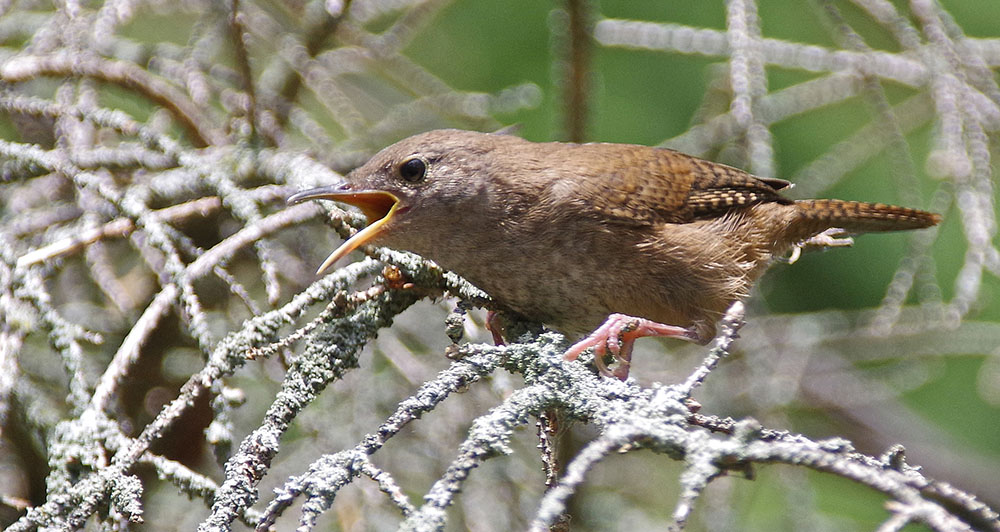
Threats to birds / A songbird photo essay
March 28, 2020 | Topics: Stories
Text by William P. Mueller
Photographs by Kate Redmond
Birds face many threats to their health, well-being, and survival. Some of these threats already exist in nature that humans do not cause or control (storms, disease, parasites, and predation are major sources of mortality and injury). But human activity in the modern world has increased the number, severity, and complexity of anthropogenic, or human-caused threats—not only to individual birds, but also to populations, regional or local sub-populations, or entire species or subspecies at differing geographic scales.
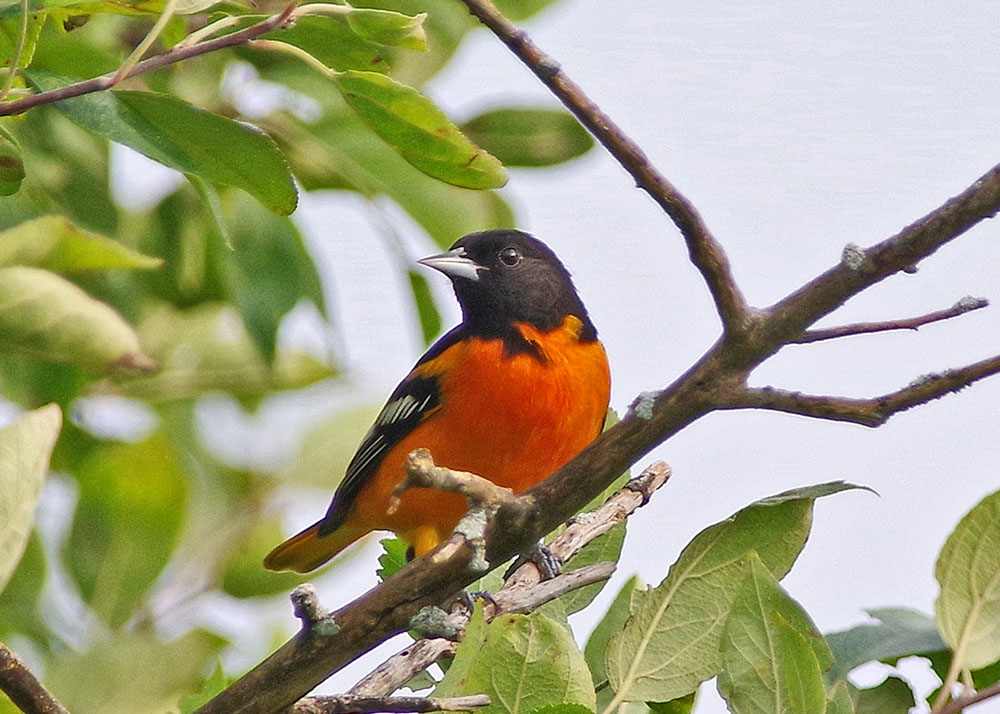
Here are some important sources of mortality, displacement, and injury to birds:
Effects of feral or free-ranging cats on birds
The enormous effect of cats on wild birds and other wildlife species cannot be overstated. Our WBCP Issues Paper on this topic may be found here:
http://www.wisconsinbirds.org/wp-content/uploads/2017/04/catsbirds-1.pdf
Another highly-read, valuable paper on this topic is linked at:
https://www.nature.com/articles/ncomms2380
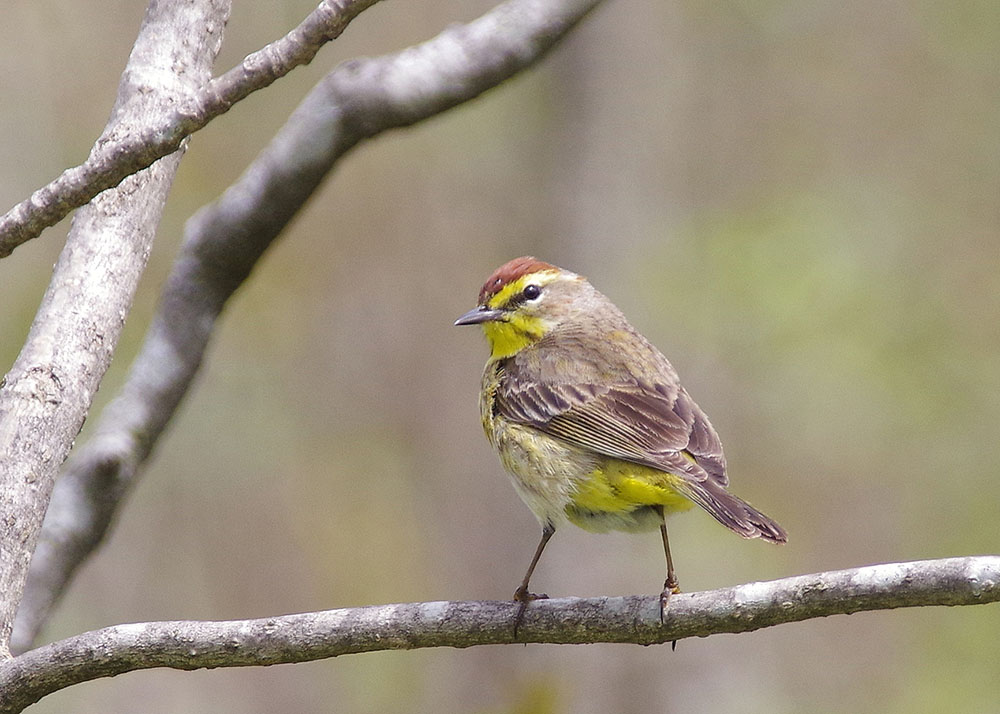
Habitat loss:
Read about habitat loss at these links from the American Bird Conservancy and the U.S. Fish & Wildlife Service:
https://abcbirds.org/threat/habitat/
https://www.fws.gov/birds/bird-enthusiasts/threats-to-birds/habitat-impacts.php
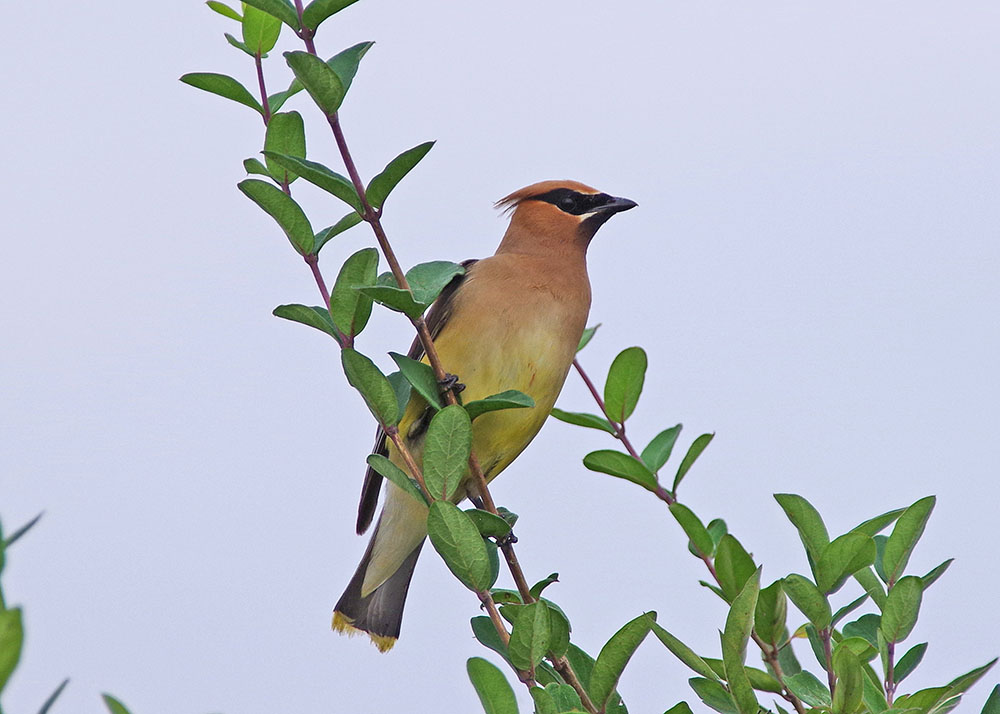
Habitat alteration or fragmentation also has negative effects on birds. Read a paper linked here:
https://tinyurl.com/y3ttlrh7

Effects of pesticides or other chemicals
One of the “Issues Papers” from the Wisconsin Bird Conservation Partnership is linked here:
http://www.wisconsinbirds.org/wp-content/uploads/2017/04/effectspesticides-1.pdf
This paper has links to many additional sources of information.

Threats specific to migration
Birds face specific threats during migration. It may be the time of highest mortality in the annual cycle for those species that move distances between breeding and winter ranges. Read more here:
https://tinyurl.com/y55x9edn
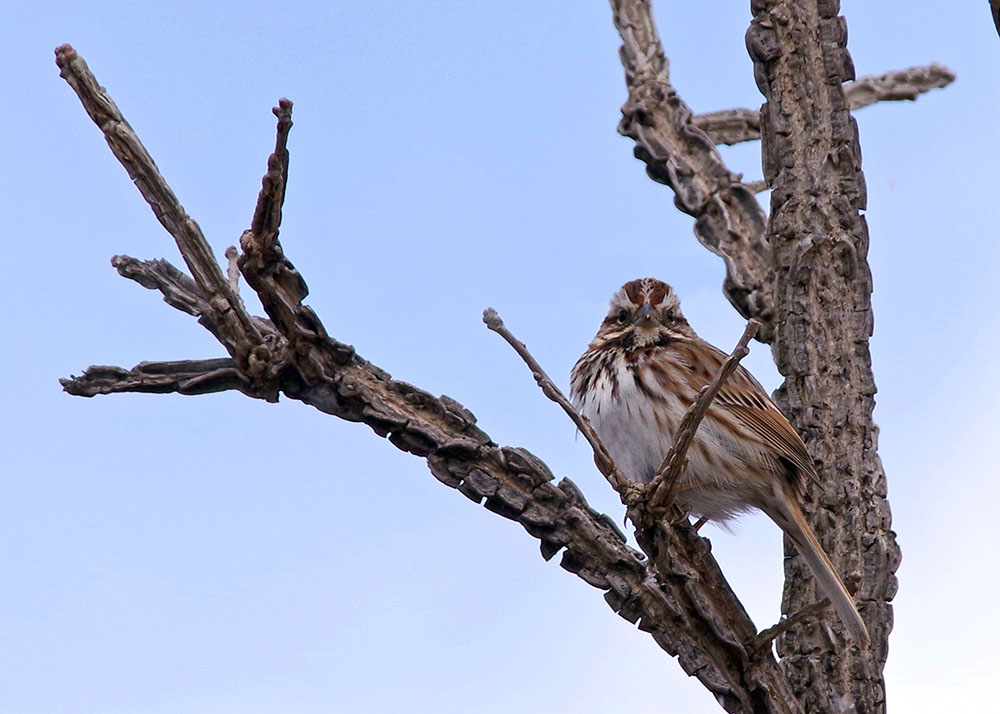
Lead poisoning
Lead affects birds in multiple ways. Birds can pick up lead fragments or lead shot, or lead fishing tackle, and then be poisoned by those fragments or other lead items. Here are several informative links:
http://www.wisconsinbirds.org/wp-content/uploads/2018/09/leadpoisoning-2.pdf
https://abcbirds.org/program/pesticides/lead/
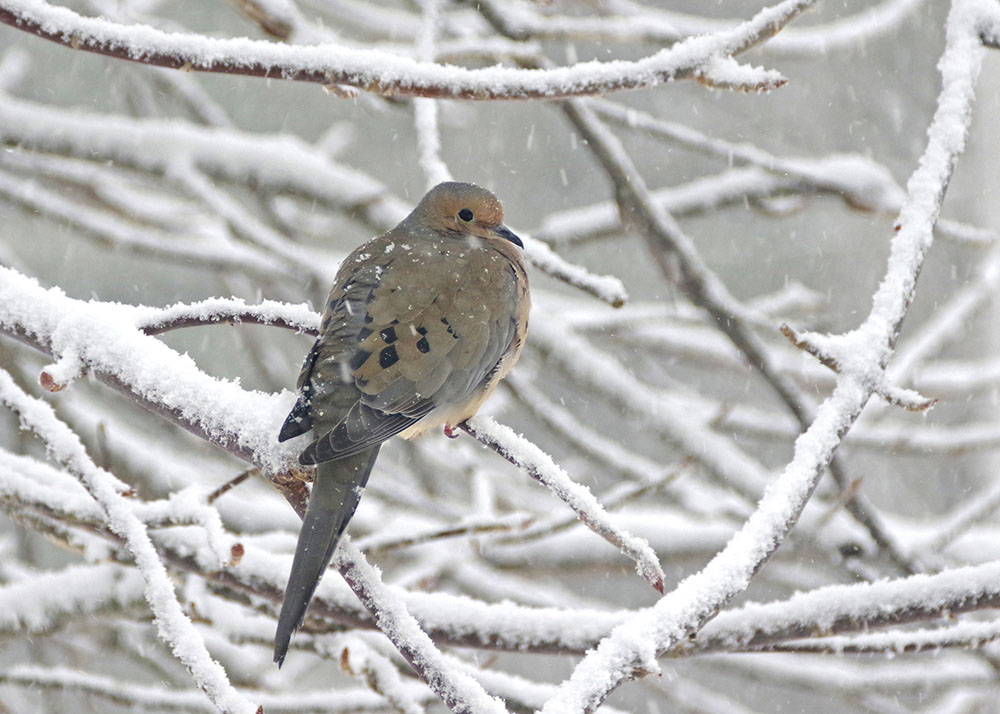
Effects of climate change
The effects of climate change on birds are complex and far-reaching, extending into multiple aspects of birds’ life cycles. Read more at these two links:
http://www.wisconsinbirds.org/wp-content/uploads/2017/04/climatechange-1.pdf
https://www.massaudubon.org/our-conservation-work/climate-change/effects-of-climate-change/on-birds
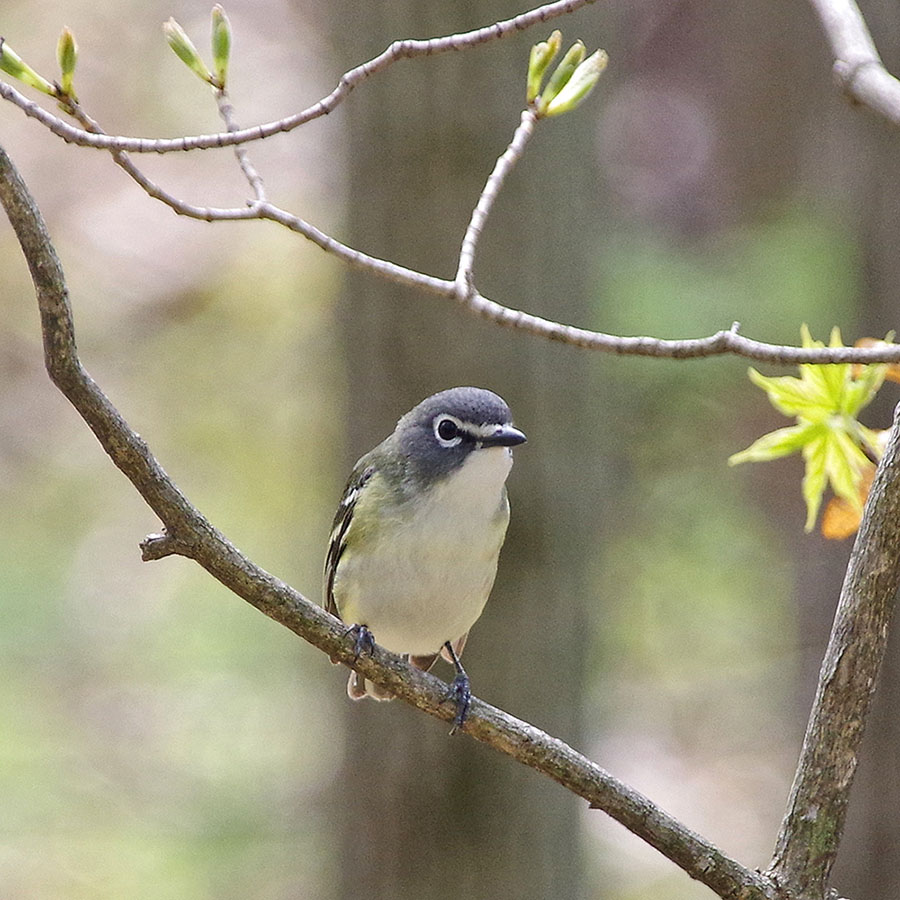
Window and glass collisions
Many millions of birds are killed by collisions with glass; much of this is avoidable. Learn more at these links:
http://www.wisconsinbirds.org/wp-content/uploads/2017/08/collisionsbirds_rev_7-2017.pdf
https://abcbirds.org/program/glass-collisions/why-birds-hit-glass/
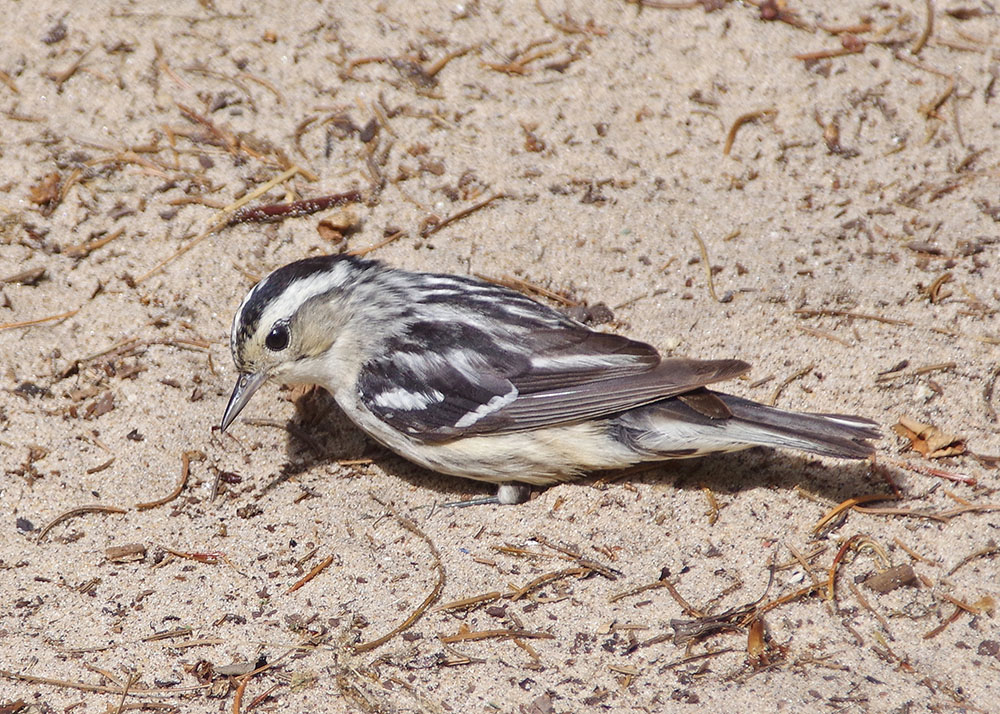
Collisions with communication towers and/or wind turbines
Here’s a paper on the effects of collisions with communications towers:
https://www.fws.gov/birds/bird-enthusiasts/threats-to-birds/collisions/communication-towers.php
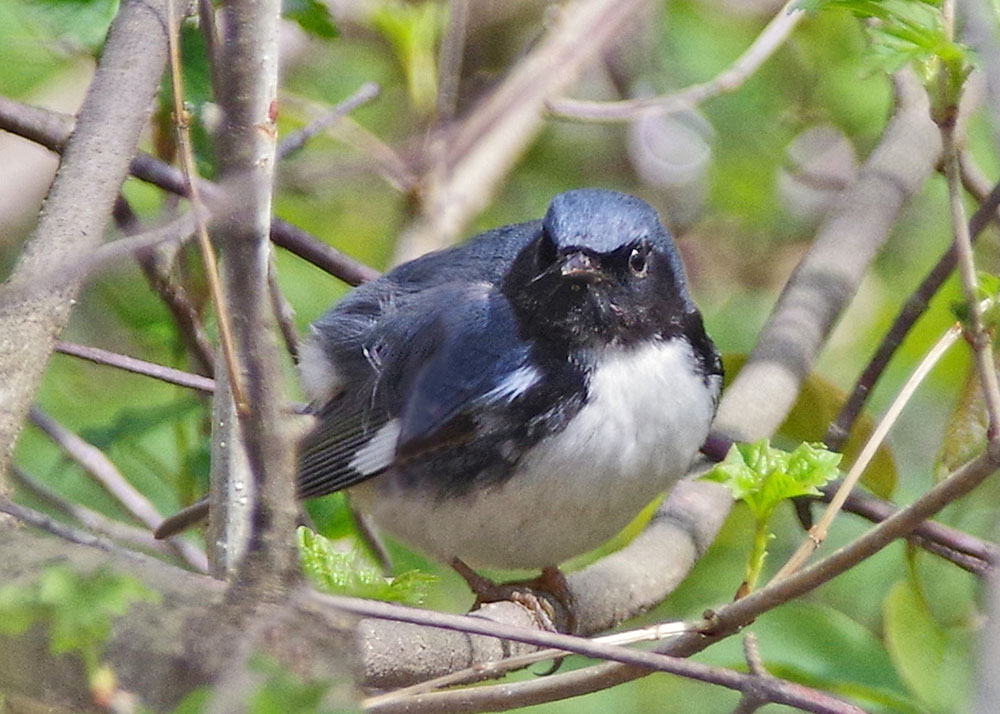
Here is the WBCP Issues Paper on birds and wind power:
http://www.wisconsinbirds.org/wp-content/uploads/2017/04/windpower-1.pdf
Here is a very new paper on this and related topics:
https://pubs.er.usgs.gov/publication/sir20185157
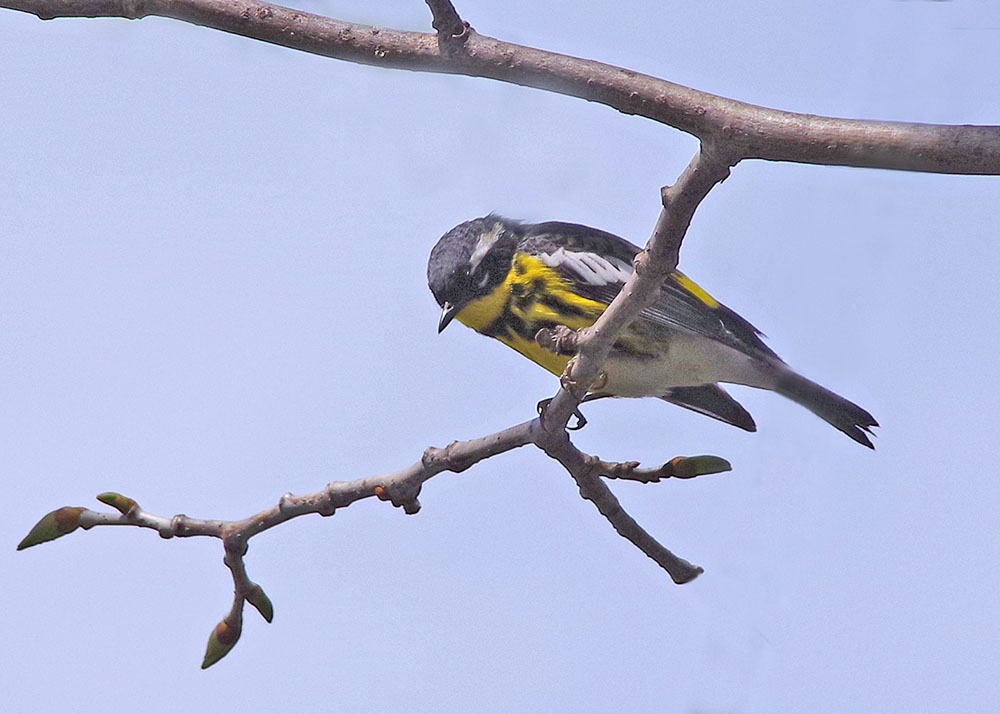
William P. Mueller is the Former Director of the Western Great Lakes Bird & Bat Observatory. This story has been reprinted with permission from his blog, The Future of Birds.
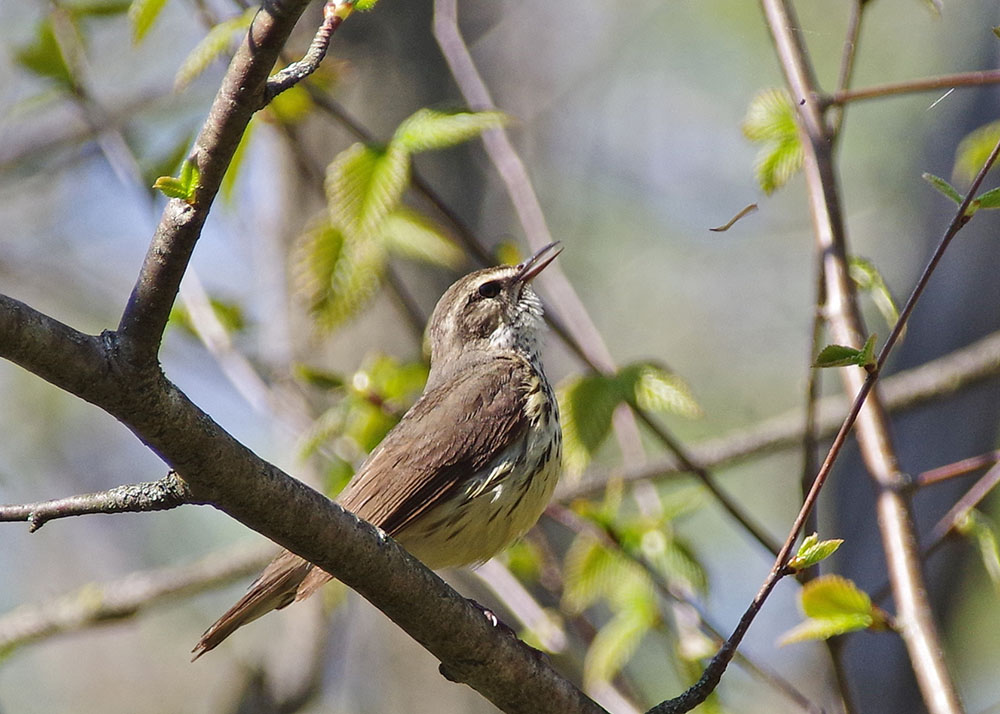
Kate Redmond is a naturalist, WGLBBO board member, Friends of Cedarburg Bog board member, and self-described “BugLady.” See her “Bug of the Week” column on the UWM Field Station website.

The featured photo at the top is a House Wren. WGLBBO is a partner organization to A Wealth of Nature.

